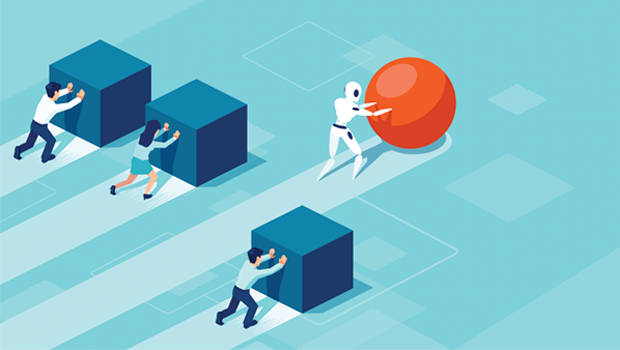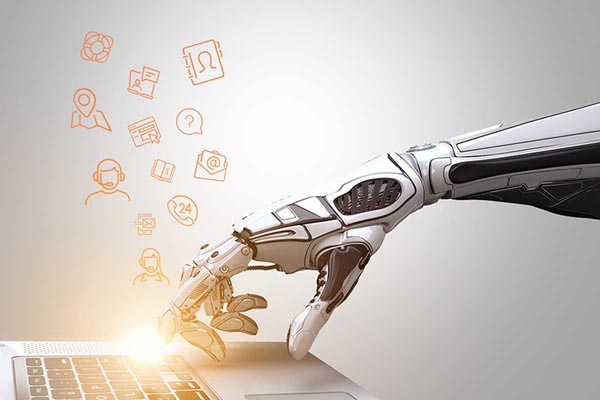What is RPA ? Robotic Process Automation

Every company has repetitive, manual tasks that take up valuable time. They are monotonous and consume time that human labor would spend on more important tasks.
Robotic Process Automation (RPA - Robotic Process Automation) automates processes through software robots. RPA runs software robots the same way a person works with that software; This basically facilitates repetitive tasks for business users.
A software robot is a piece of software that can complete repetitive operations performed by a human. Software robots communicate with other systems, interpret and trigger responses to do a variety of repetitive tasks. RPA robots can replicate many human user actions.
Login to applications, connect to other systems, copy and paste data, move files and folders, read and write from databases, extract and process structured and semi-structured content from documents, PDF files, emails and forms, perform calculations, pull data from the web etc.
RPA, to manage business processes and repetitive work by people; It aims to replace it with the digital workforce, the scalable suite of software robots that work with the human workforce. People then make calls to reason, handle exceptions, and provide oversight. In other words, people are interested in high value-added jobs.
The robotic workforce will be the extension of the human workforce. Robotics and the human workforce will continue to exist.
Why RPA ?

RPA is required because companies have no easy way to automate and integrate legacy applications. Companies want to automate tasks with minimal changes to existing systems and applications and do it quickly.
RPA capabilities;
- It can navigate in different digital landscapes: RPA software icons or adjusts itself to manipulate changing surroundings, movement in buttons, differences in screen sizes, and many other shapes.
- Built for complexity: This type of automation software is not just designed to complete tasks; it is also designed to complete operations, including complex operations that require thousands of lines to automate.
- Intended for enterprise level use: RPA software is the best; It is used not only on the computer running a macro, but also when it is deployed across an organization and allows multiple departments to focus on value.
- It is non-intrusive: Instead of dealing with custom programming or direct integration coding, RPA software integrates at the initial stage for easy setup and smooth migration of data between systems.
- Quick to implement and scale: Users can be up and running. With RPA software, you can literally automate tasks in minutes, and ease of use can contribute to growth usage in an organization by both business and IT users.
- Compatible with other systems: Users, legacy systems, ERP, CRM, cloud applications etc. They can create automated tasks using all business systems.
- Includes features that encourage fast action: RPA software should at least include the features needed to quickly and effectively build and run tasks. Among these features;
- Wizards
- Drag and drop commands
- A clean, user-friendly interface
- Integrations with daily use systems such as Excel, SAP, Citrix
When a company decides to invest in RPA, choosing the right vehicle becomes a crucial decision. So, what should be considered in an effective RPA tool?
- Easy-to-use design environment: On a single interface screen actions are recorded and design flows are designed.
- Flexible robots: Automatically detect user interface changes to keep the flow of processing.
- Central robot management: It combines the user interface and API automation steps and coordinates the work of multiple robots.
- Scalable robots: Refers to scale up or down as workloads change.
- Enterprise-grade security: Executes transactions with secure robots and monitors their actions in real time.